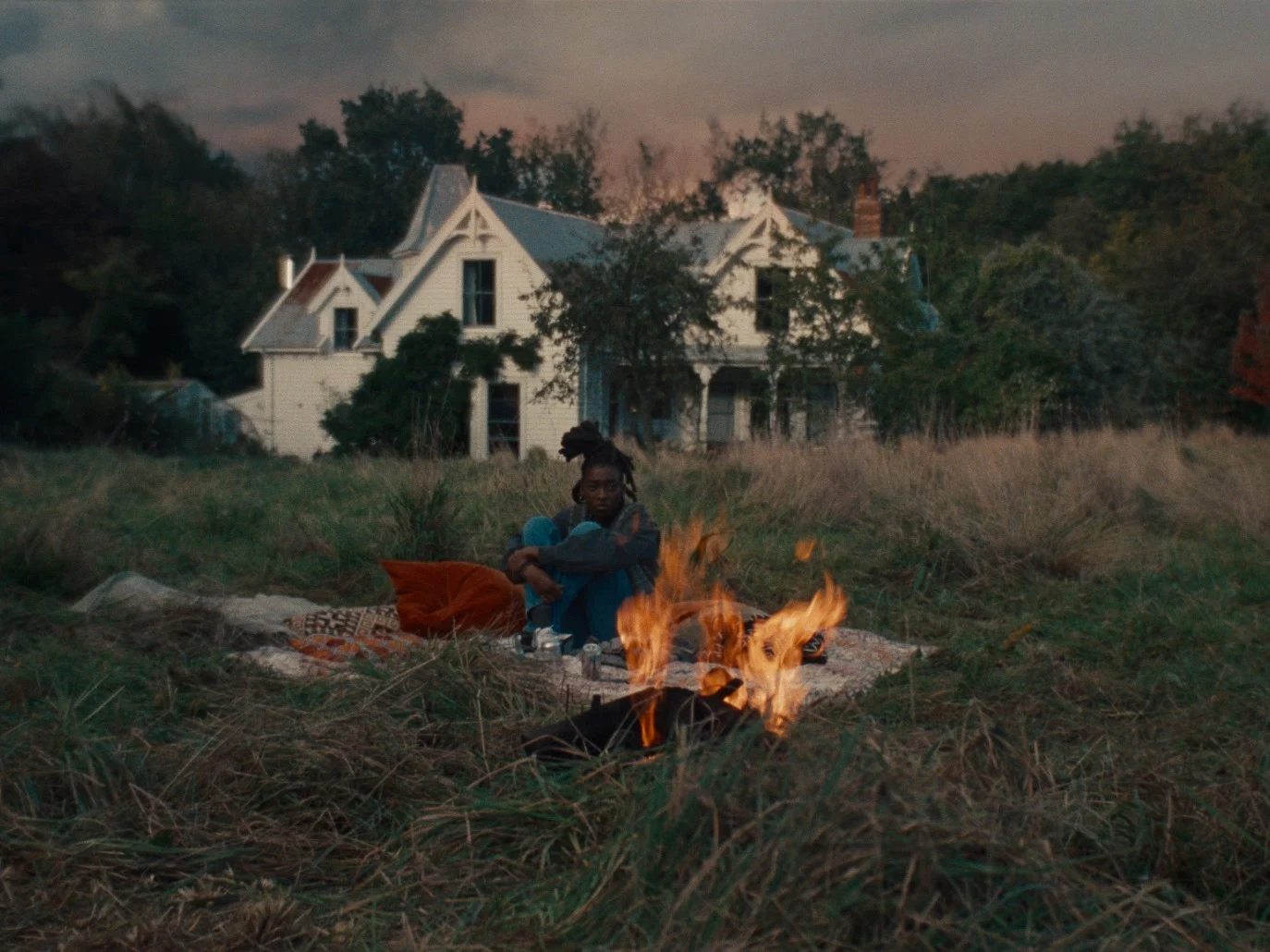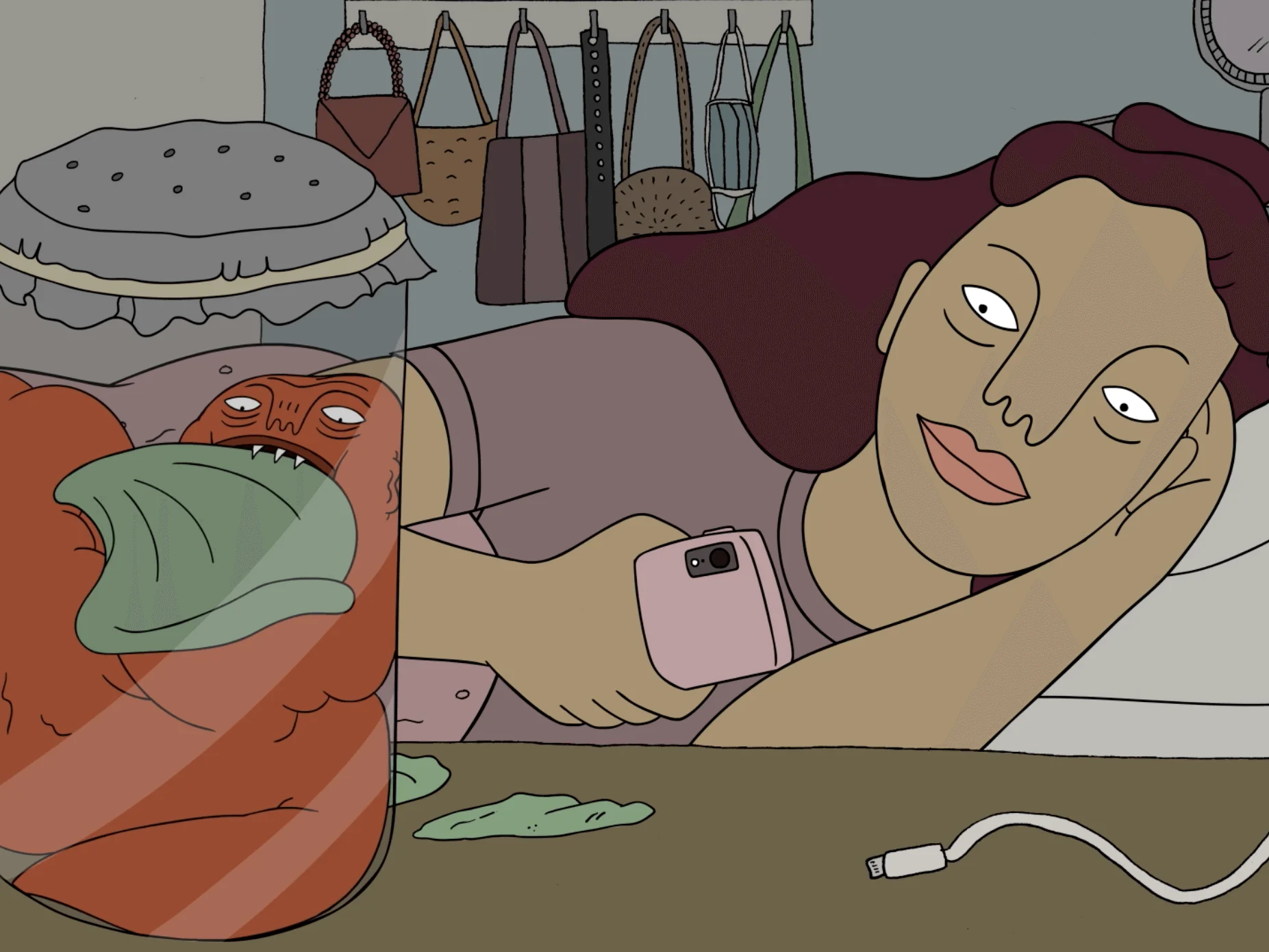
For years, British grime music has had a growing presence in underground parties across Brazil. But recently, Brazilian MCs have been putting their own spin on the genre too, blending it with the sun-soaked rhythms of the country’s baile funk. On the surface, the new sound—known as “brime,” “grime-funk” or Brazilian grime—is an unlikely hybrid. But in his documentary, “COMO VOCÊ,” Jesse Bernard taps into deep veins of similarity—musical, social and political. Here, he explains the story behind the burgeoning genre and links between scenes.
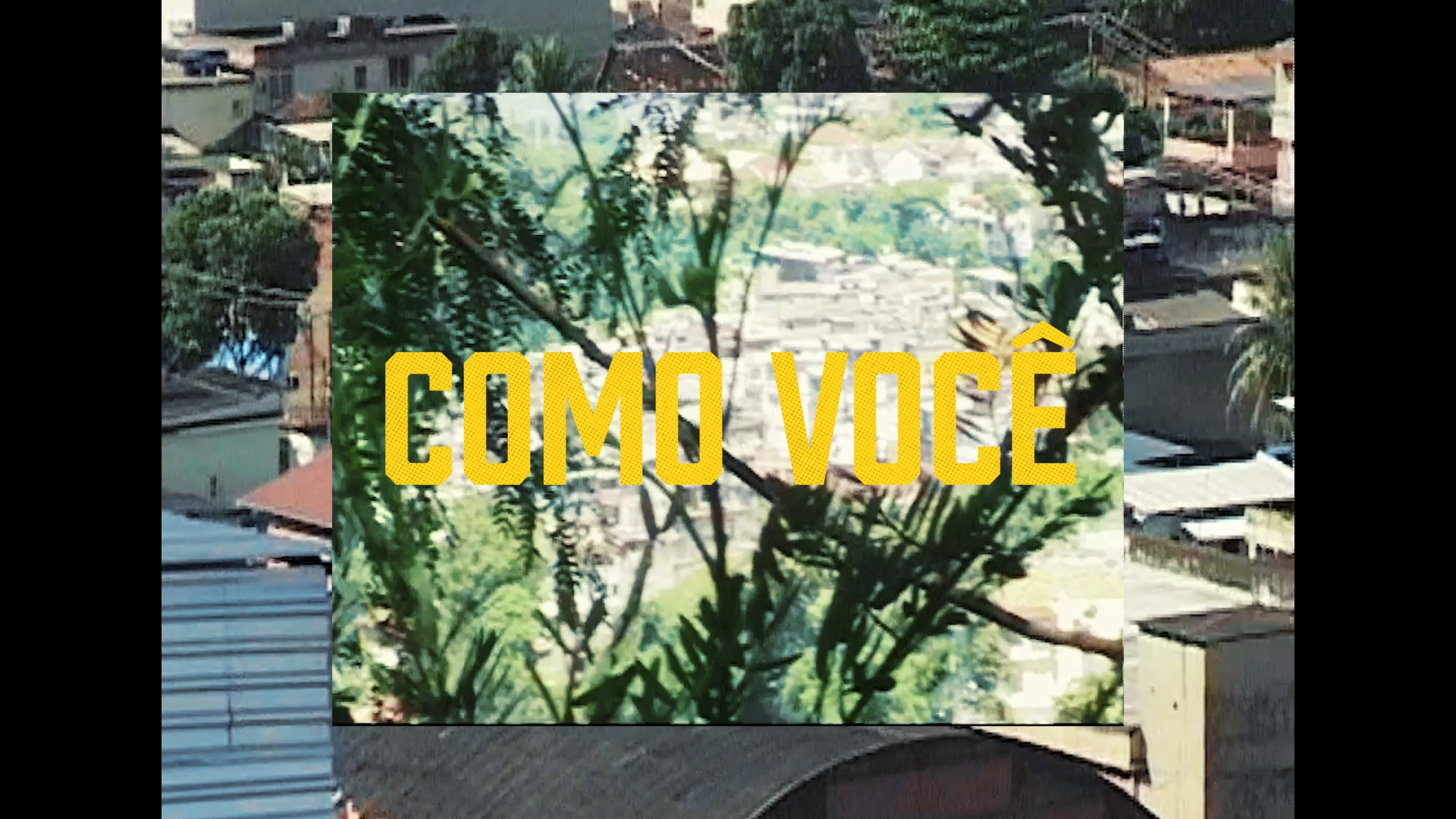
I tell this story all the time, but without it, “COMO VOCÊ” likely wouldn’t exist. It was November 2016, and I was visiting Brazil for the third time. Rio de Janeiro was on a knife’s edge. The 2014 World Cup and that year’s Olympics, for which communities were ravaged to make way for the influx of tourism, had failed to deliver on their promises; and there were mounting fears that the conservative Jair Bolsonaro would be elected into office. Poverty was widespread.
One night, I stumbled across a party in downtown Rio where they were playing bass-heavy sounds from the UK—particularly grime, garage, dubstep and drill. It was only this year that I realized it was a Wobble party—a rave specializing in bass-heavy music. The first one was organized in 2011 by producer Gustavo Elsas.
Gustavo and I met for the first time years later, in 2019. He was visiting London with Febem, Cesrv and Fleezus, a trio of artists from São Paulo who would go on to release an EP called “BRIME!”—one of Brazil’s first grime-focused projects—the following year. But in 2016, there was no true grime scene in Brazil, only a deep love and appreciation for the music that parties such as Wobble had been cultivating for years.

Grime emerged in Brazil in 2018, thanks to platforms like “Brasil Grime Show” in Rio, which showcased MCs such as SD9, Fleezus, Febem, and the platform’s own DJ and producer, Diniboy. But across the country, in São Paulo, DJs had long been playing grime in the city’s expansive and sprawling underground music scene. For young, poor people in Brazil, grime offered a way out. It was something to call their own as they tried to stake their claim on the world. After all, if Rio had been carved up and divvied out during the Olympics, why couldn’t they claim their piece of the city?
In some ways, making this film felt like an inevitability. I knew that there was something unique about grime’s presence in Brazil; the similarities in BPM, tone and energy between grime and baile funk were glaring. Both sounds were created by poor, Black communities using whatever technology was available to them and, more importantly, both derived from soundsystem culture. There was a certain way of doing things.
For young, poor people in Brazil, grime offered a way out, something to call their own as they tried to stake their claim on the world.
In 2016, this was story enough, but at the same time, grime in Brazil needed time to mature before it was thrust into the spotlight. But meeting Gustavo, Febem, Cesrv and Fleezus in 2019 confirmed for me that a true grime scene, however small, had developed, and that there were artists committed to its growth and development.
When we started working on “COMO VOCÊ” in June 2021, it was important for me to assemble a crew that understood the country intimately. I already knew that Gustavo and Yvie Oliveira, the executive producer of “Brasil Grime Show,” had to be involved, due to their strong ties within Rio’s scene, and brought them on as producers. Artists like Cesrv, Febem and Fleezus—they could amplify Brazil’s beauty and color, while considering its shortcomings with honesty and grace.
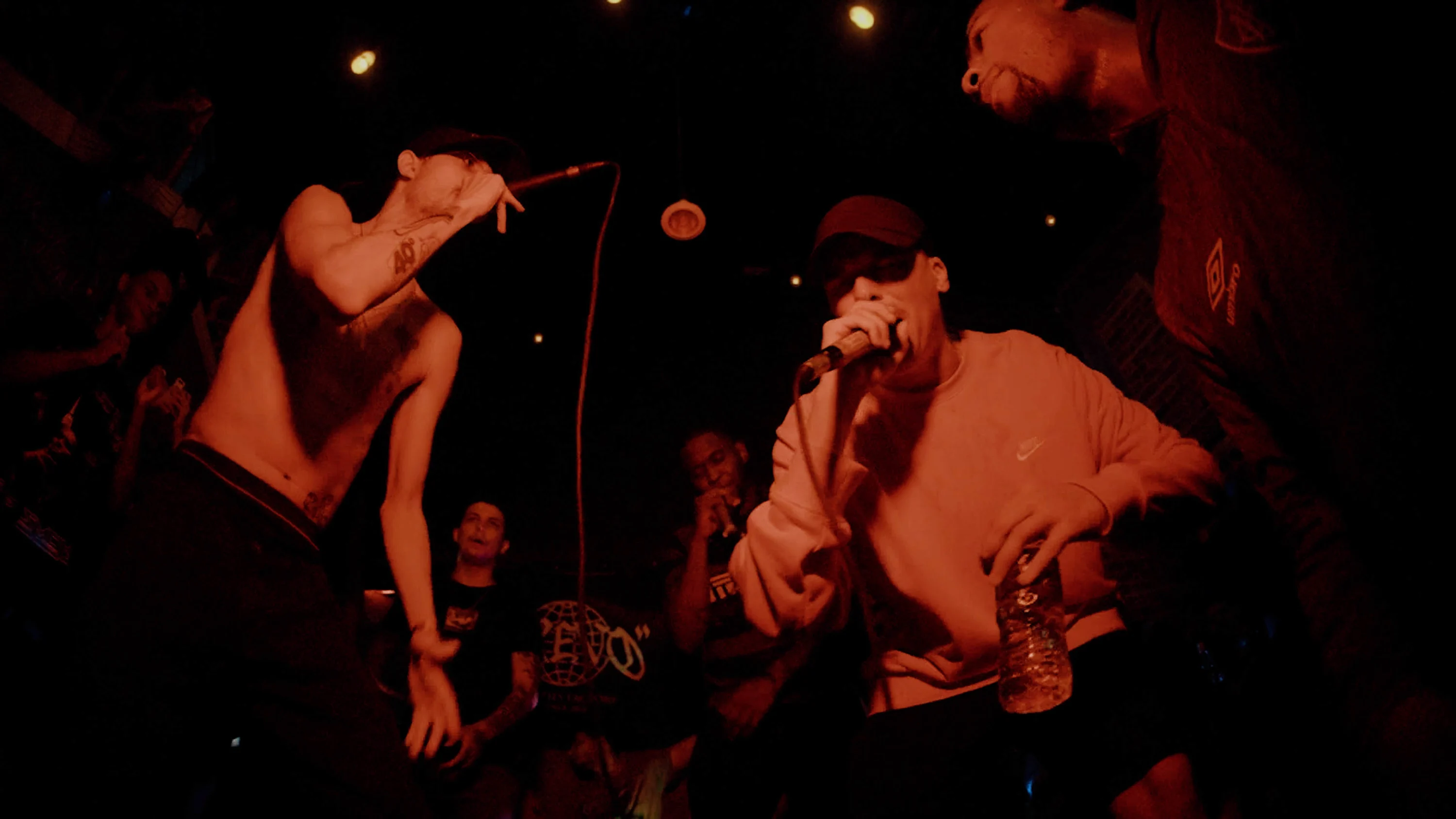
At first glance, “COMO VOCÊ” is a film about the beginning of the Brazilian grime scene, but that’s not all I wanted viewers to walk away with. A core theme of my work has been the migration of Black music, and the sheer existence of Brazilian grime is testament to that. Beyond that, the film is an exploration of the lengths someone will go to get out of a bad situation. “COMO VOCÊ” sees these artists attempt to make something for and of themselves at a time where COVID-19, political and social uncertainty, and the rising cost of living have made survival an everyday struggle for young, marginalized Brazilians. But these are artists that want to do more than just survive. Grime allows them to live.
These are artists that want to do more than just survive. Grime allows them to live.
Yvie had predicted that at some point, “someone who researches grime will come along [to Brazil], some nerd guy, and give it a name.” I wanted to avoid becoming that nerd guy, as I was aware of my position as an outsider; and I was careful not to explicitly label the morphing sounds coming out of Brazil’s underground. Some call it “grime-funk” others call it “Brazilian grime,” or “brime.” Though it feels like UK grime, it’s also so much more. It’s as though the music has been drenched and then baked in the burning sun, giving it that extra bit of fire.
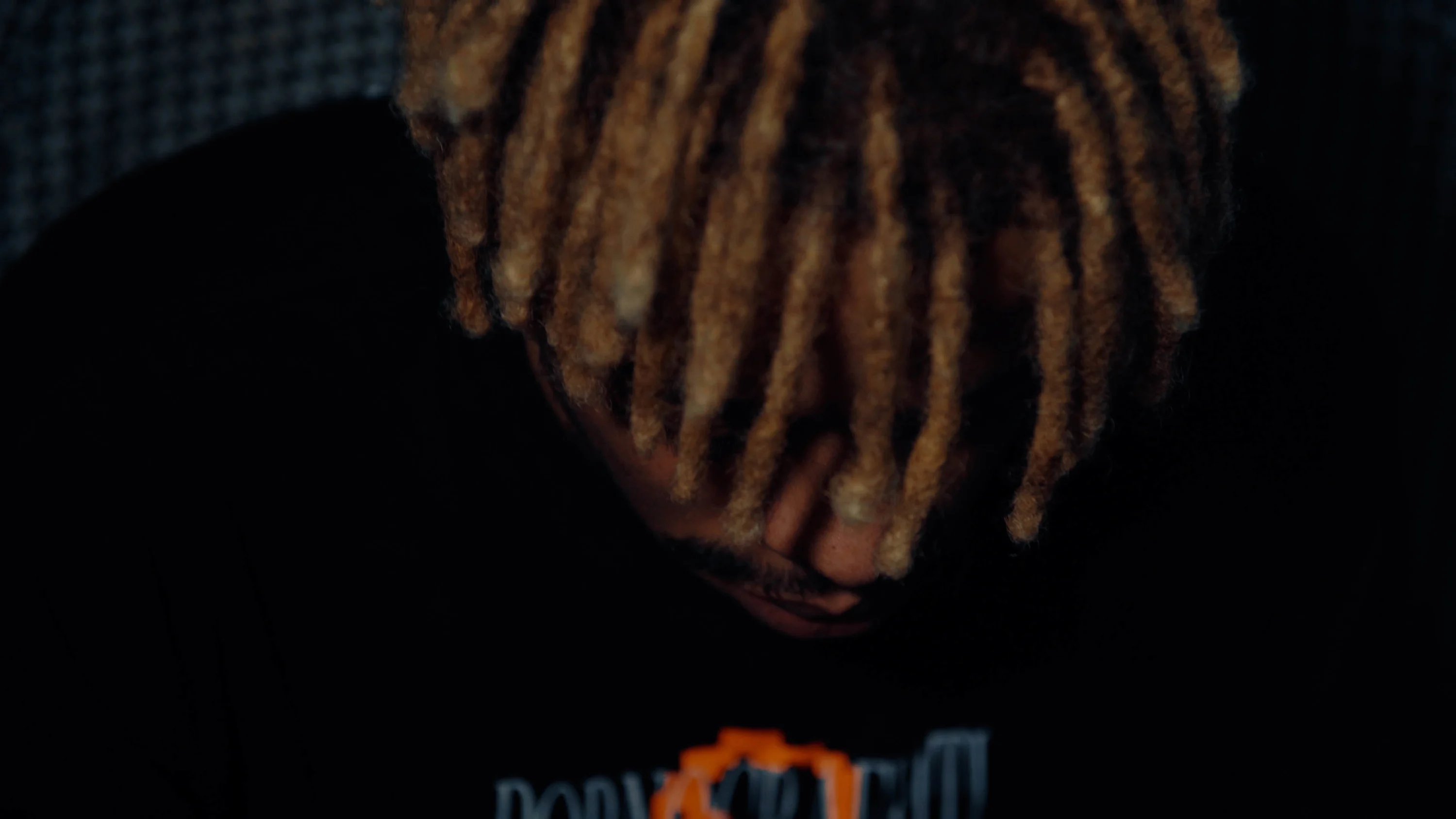
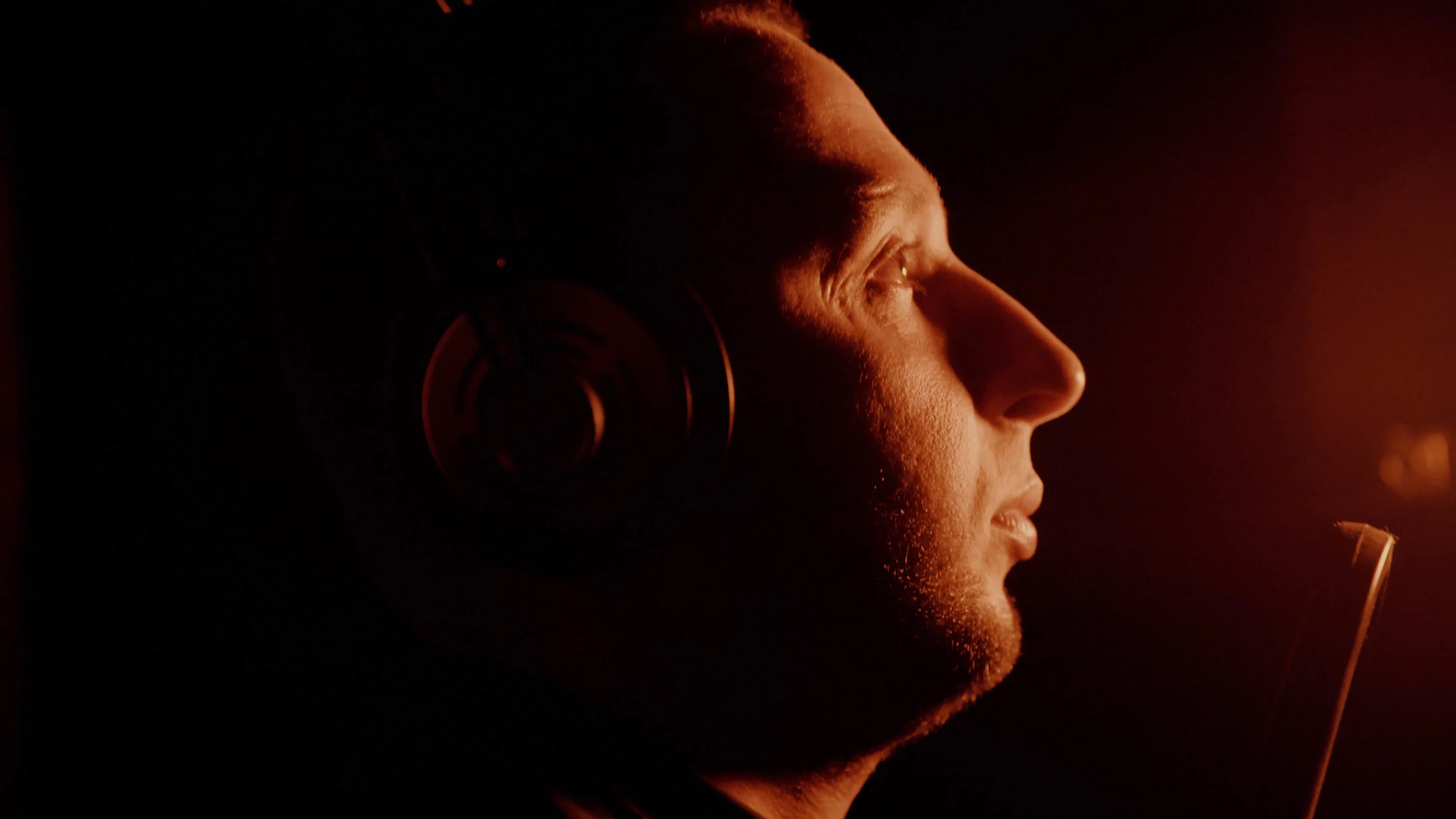
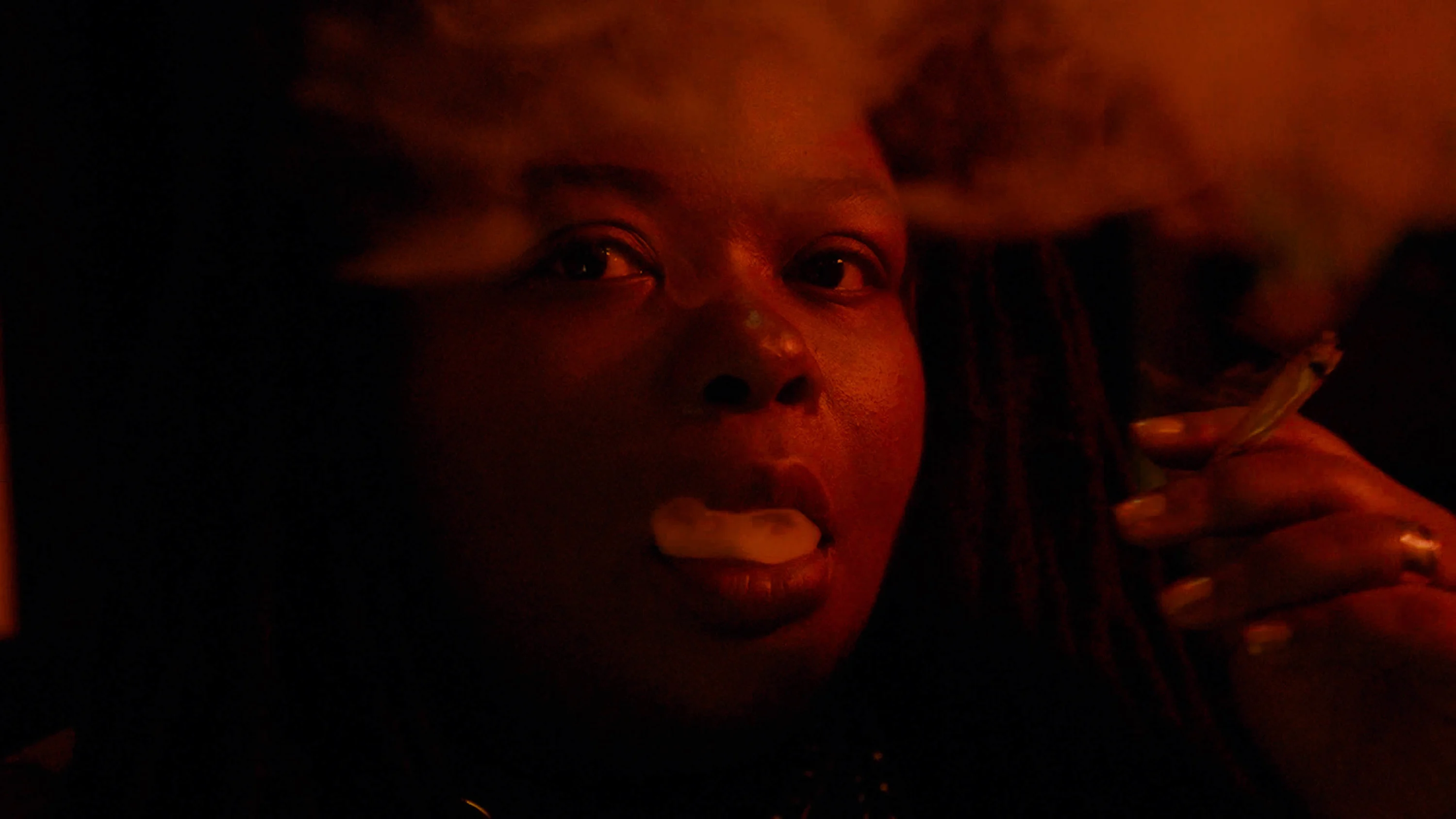
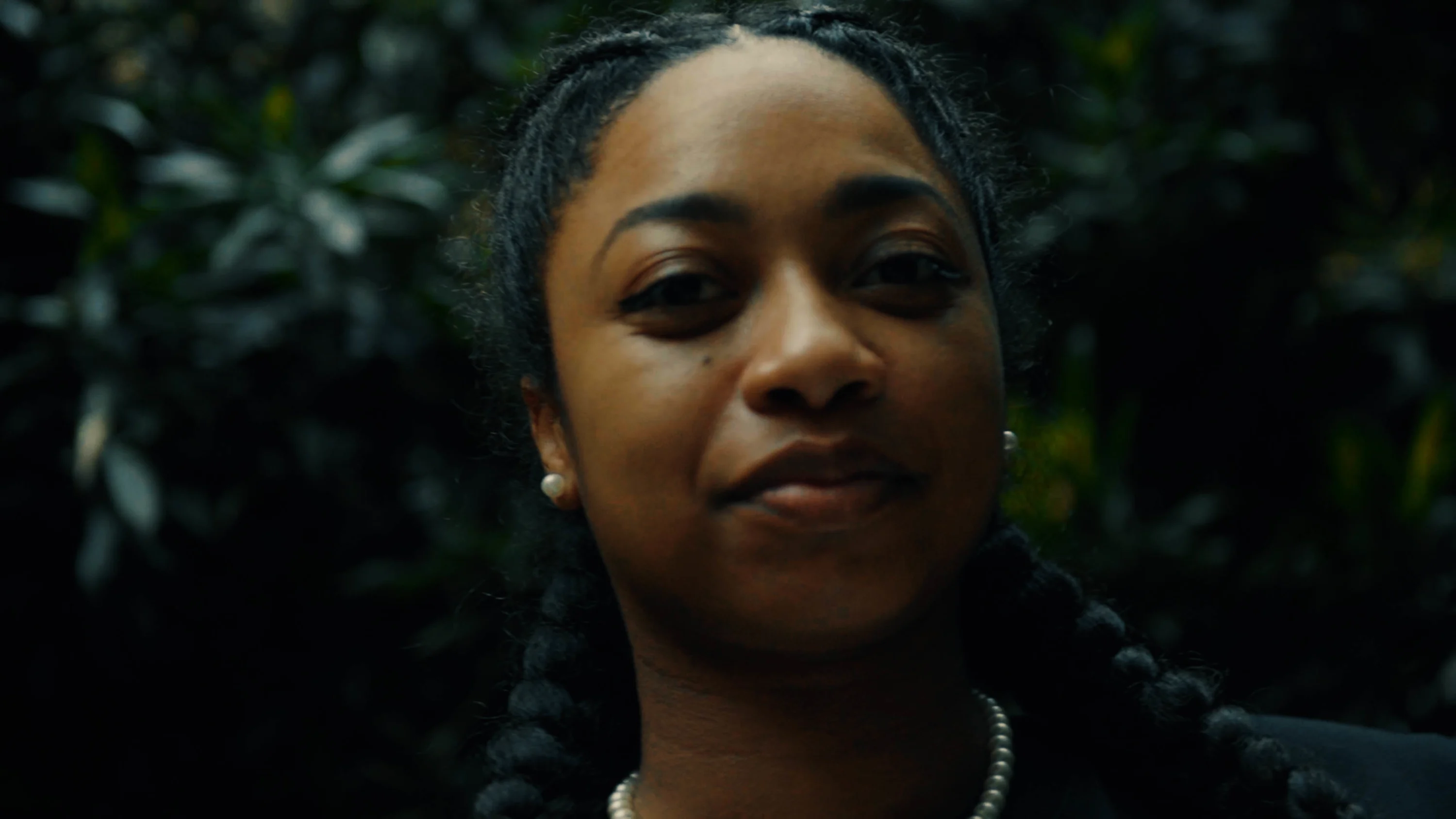
Throughout the genre’s history in the UK, grime has been many things at once—UK funky, garage, jungle, dubstep, UK rap and more. Grime has been able to survive because the culture that exists around it has remained a prominent aspect of UK street culture. It’s seeped beyond the music and bled out into the language we use, and the way we dress. SD9 and Drope, two MCs representing north Rio’s TBC Mob collective, say it's UK grime’s energy that first captivated them. As long as that energy exists, so will grime. Perhaps that was what I was also trying to say with this film.
Ultimately, filming “COMO VOCÊ” was one of the greatest experiences I’ve ever had just because of the bonds that were made over those six months of filming, between October 2021 and April 2022. Some of my fondest memories from filming were of the nights spent partying in São Paulo and Rio, particularly over the Christmas period. There was a strong sense of community, whether people knew each other intimately or just in passing. This was a defining attribute of the underground scenes of both cities, which are far more connected than London and Manchester.
The weekend I spent with SD9 and the TBC Mob guys at Arraial Do Cabo, a coastal town with jellyfish-lined blue waters and some of the cleanest air my lungs have ever inhaled, was one for the books. Marley, a production assistant and member of TBC Mob, brought all eight of us to stay at his dad’s house. The collective is like a family that does everything together; witnessing that was more than special.
The weekend of Baile Do Brime, celebrating the second anniversary of the “BRIME!” EP, was arguably one of the most important events I attended. It was akin to the legendary Sidewinders—live grime events in the early 2000s that featured iconic groups like Roll Deep, Heartless Crew and Pay As U Go Cartel. Being backstage is only really fun when you get to do it with your friends, and seeing Cesinha, Febm, Fleezus, Sena and Peroli bathe in the joy of that historic moment was worth the five-hour drive in tropical rain from Rio de Janeiro.
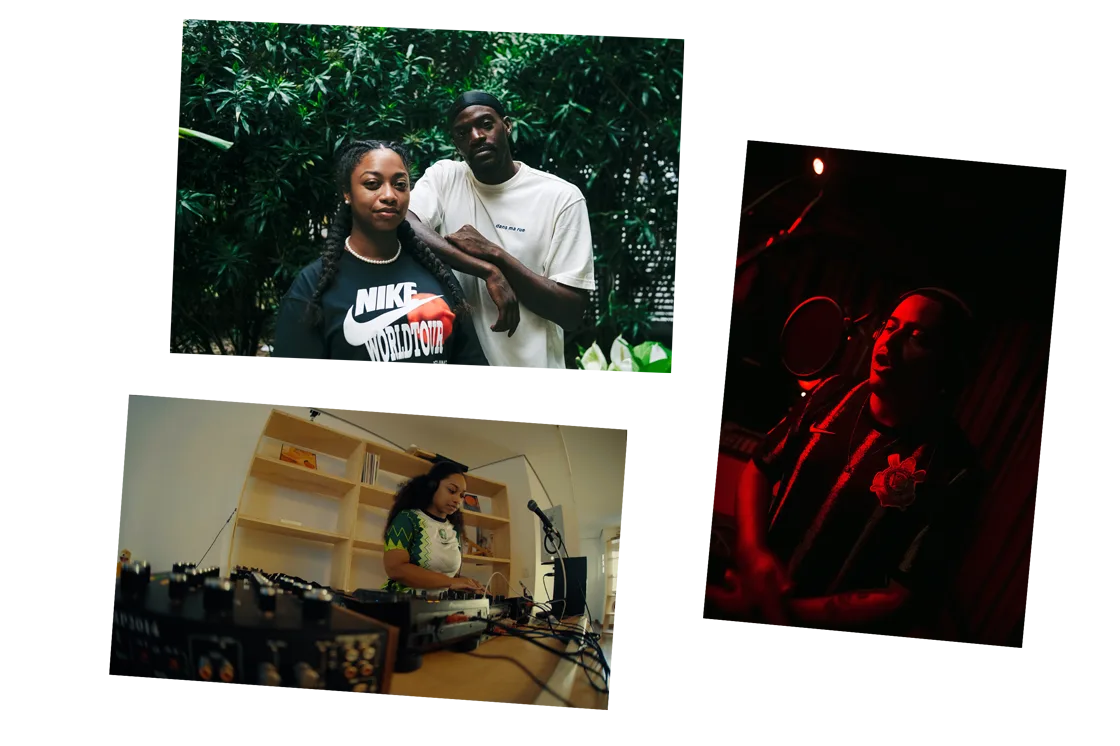
If there’s anything I’d like people to take away about the future of Brazilian grime, whatever you want to call it, is that it will live as long as energy is poured into it. And I hope people in the UK will really look beyond our borders to places such as Brazil, as there is so much room for collaboration and expansion. All it takes is one MC, producer or DJ to go over.
Both the scenes and the people within them are so alike. That’s why the film’s title is so fitting: “COMO VOCÊ”—like you.













